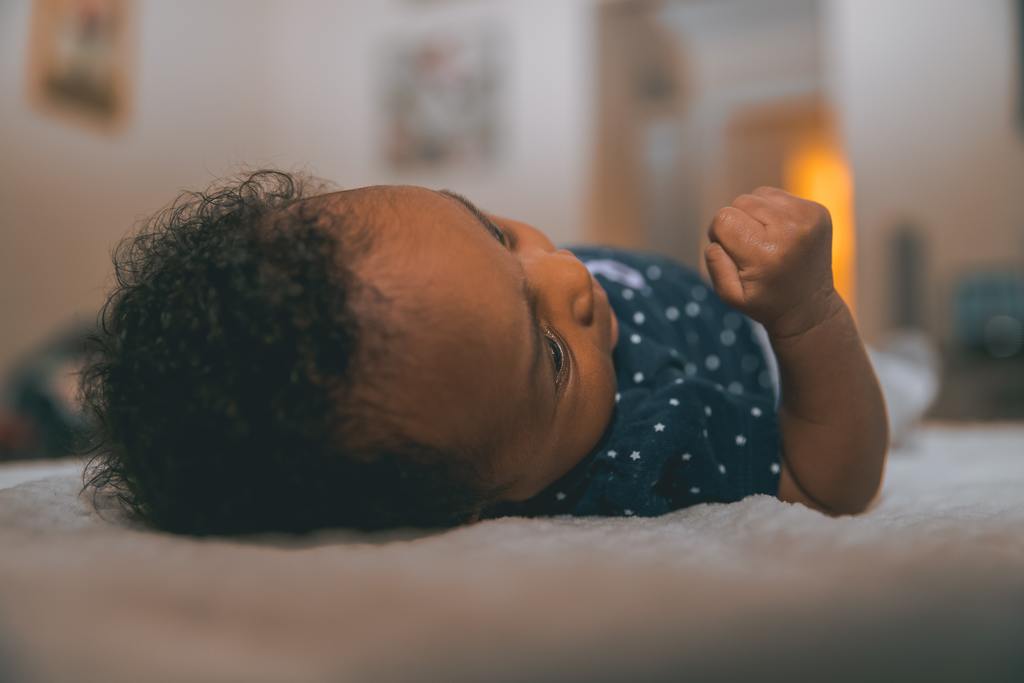What is SIDS?
Safe Sleep comes up when we’re talking about Sudden Infant Death Syndrome (SIDS), a sub-category of SUID, Sudden Unexpected Infant Death. It is not something that you can teach nor something that we can prevent. Rather, it is a diagnosis made only after all other types of SUID deaths, listed below, have been ruled out.
SIDS is not
- Suffocation, defined as no air reaching the baby’s lungs due to airway blockage.
- Entrapment, defined as the inability to breathe due to being trapped between two objects.
- Infection, defined as breathing issues caused by a cold or viral/bacterial infection.
- Ingestion, defined as choking or inability to breathe due to something in the baby’s mouth.
- The result of a metabolic disease
- The result of cardiac arrhythmia (irregular heartbeat that affects breathing)
- Trauma, whether accidental or non-accidental.
If the baby’s death can’t be determined to be any of the above causes – that is to say, that the death is unable to be explained because the baby seems otherwise healthy – the death may be diagnosed as SIDS. This is what is referred to as a diagnosis of exclusion.
What do we know about SIDS?
Even after more than twenty years of research, the only thing we can confidently say about SIDS is that babies who sleep on their backs seem to die of SIDS less often than those who do not. That, among other tips, add to practices for we call “safe sleep“. That aside, we do know that:
- 90% of SIDS deaths occur within 6 months of birth, especially during months 1 – 4.
- SIDS is the leading cause of death for babies aged 1 month to 1 year
- Boys are slightly more susceptible to SIDS than girls.

What can you do about SIDS?
While we do not yet know how to prevent SIDS, the vast majority of SUID deaths are preventable and have to do with the environment where a baby sleeps. To get started, here are a few simple steps you can take towards creating a safer sleeping environment for your baby.

Start bedtime with your baby on their back.
Research shows that the most effective step you can take against SIDS is to place your baby on their backs to begin sleeping sessions, whether that means a nap or bedtime. Unrelated to SIDS, this position may also help your baby to breathe better and protect against choking.
You may notice that your baby has rolled over onto their stomachs even though you began them off on their backs. This is good news! If your baby is rolling over it means that they’ve reached one of their first milestones in muscular development. Furthermore, by the time your baby is old enough to begin rolling over, they’ll be at a significantly smaller risk for SIDS.
That being said, it is still recommended to re-position your baby and place them on their backs if you notice that they have rolled over. Once your baby is strong enough to roll from back-to-stomach and also stomach-to-back you may stop re-positioning them. At this point, their muscles have become strong enough that they will adjust themselves as needed while sleeping.
You can help your baby get to this point by giving them regular tummy time throughout the day.
Have your baby sleep on a firm surface
Soft surfaces conform to the body and make it more likely that a baby will enter a position where it is difficult to breathe. Babies that sleep on a firm surface are less likely to die from SIDS, suffocation, and entrapment.
Remove everything from the crib
There should be nothing more in the crib than your baby: no pillows, blankets, toys, or bumpers. Pillows and blankets increase the baby’s risk of suffocation and entrapment, babies may choke on toys and there is no evidence suggesting that crib bumpers protect babies.
Take steps to prevent your baby from getting too hot
Babies warm up very easily and are not as capable as adults of regulating their own body temperature. If they get hot at night time, it’s difficult for them to cool down by themselves. This means that you should dress your baby in a way that makes them comfortable.
In practical terms, this means that you should avoid over-bundling your baby. Do not cover your baby’s face or head. If you are worried about the cold, dress your baby in sleep-clothing instead of using a loose blanket.
Avoid co-sleeping for baby’s safe sleep
Although some parents feel less anxious when sleeping with their baby, it is not likely you’ll notice anything wrong even if you are right next to your baby because SIDS occurs without warning or symptoms. On the contrary, babies sleeping in the same beds as their parents face a significantly higher risk of SIDS, suffocation, or bodily injury.
Conversely, it has been demonstrated that sharing room, rather than a bed, reduces a baby’s risk of SIDS. The baby may be placed very close to the bed (within arm’s reach) for comfort or to make breastfeeding sessions more comfortable, but the baby should have their own sleep space.
If you are currently co-sleeping, i.e. sleeping with your baby in your bed please consider placing the baby in a CPC approved crib or bassinet that is right next to your bed instead. You’ll have them near while still being able to provide them with their own safe sleep environment.
Wrapping up
SIDS is scary, but at 35.4 SIDS deaths per 100,000 births (~1 in 2,800), it’s also very rare. There are many proactive steps you can take as a parent to create a safer sleeping environment for your baby, and what’s on this page is only just the beginning. We’re committed to providing you with the best information about safe sleep possible, so please join us in our mission to keep every baby in the world safe!